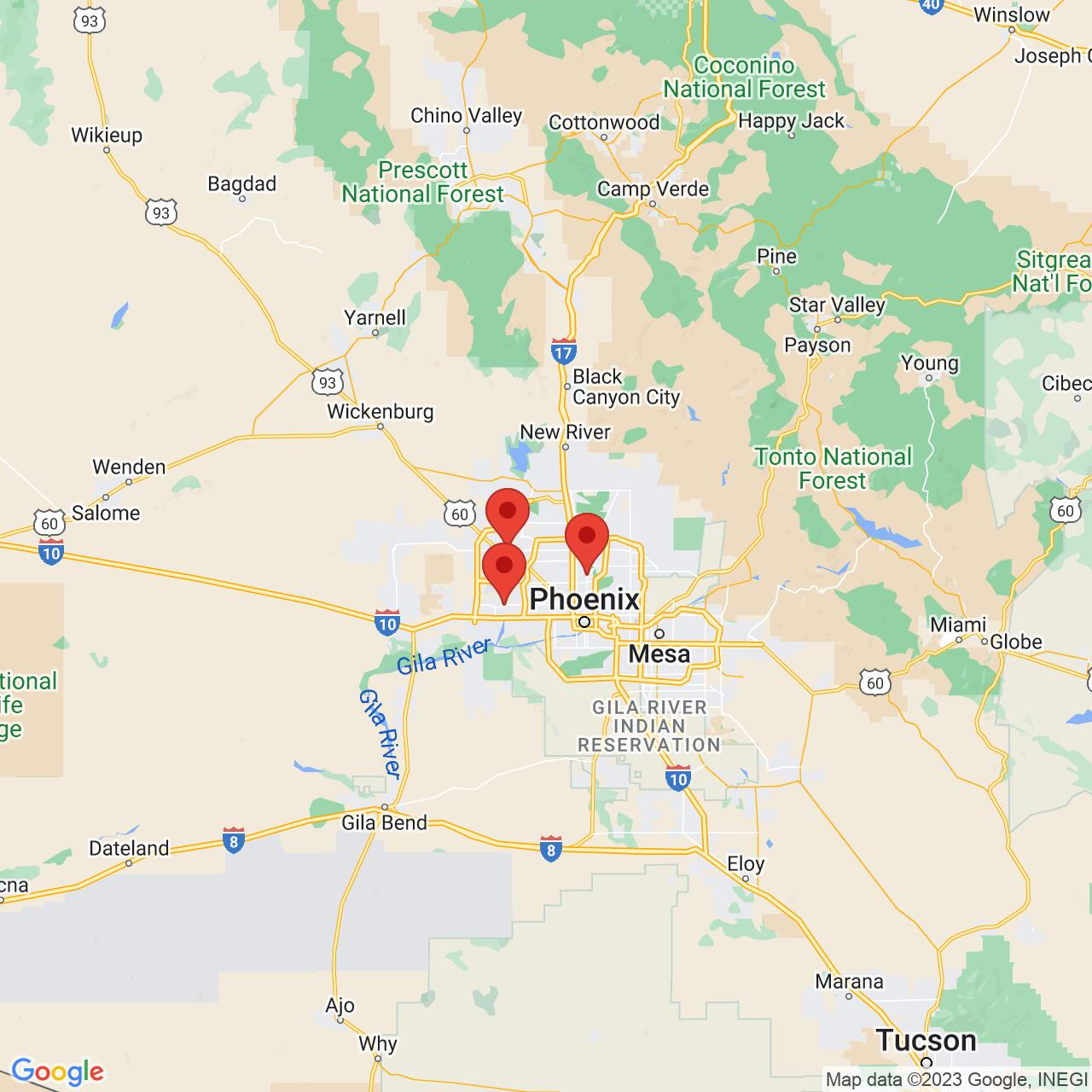Anytime you get behind the wheel of a vehicle, chances are you will have to yield the right of way to someone else on the roadway. This can include yielding to other vehicles, pedestrians, bicyclists, commercial trucks, etc. Arizona has several laws pertaining to the right of way in place to help prevent vehicle accidents. Here, we want to discuss the most important right of way laws in the state of Arizona that you need to be aware of.
What do Right of Way Laws Do?
Right-of-way laws are essential in Arizona. These laws help ensure that every person allowed to use the roadway does so in a manner that does not result in an accident. Individuals cannot insist on taking the right of way. The law focuses on who has to yield rather than who actually has the right of way. A driver who is required to yield the right of way must stop and yield, or they could face take it from law enforcement.
When Drivers Have to Yield the Right of Way
Drivers are required to yield the right of way to other drivers, bicyclists, or pedestrians in the following situations:
- When they are at a yield sign
- To those who appear to be visually handicapped or who have a guide dog
- To pedestrians at a crosswalk
- Vehicles on roads at a “T” intersection
- To other vehicles at uncontrolled intersections
- To oncoming cars, bicyclists, and pedestrians when turning left
- When returning to the roadway from a parking lot
- To oncoming vehicles at the intersection between unpaved roads when driving onto paved roads
What Does “Yield to the Driver on the Right” Mean?
You may have heard that you have to “yield to the driver on the right” in certain circumstances. This is a law that surrounds who has the right of way when two drivers arrive at an intersection at the same time. If you are at an uncontrolled intersection, one without a yield or stop sign, you should slow down and yield to any vehicle already in the intersection or vehicles that are about to enter the intersection in front of you.
Drivers have to yield to the vehicles that arrived first in these scenarios. If you and another vehicle arrive at the same time at an uncontrolled intersection, you are required to yield to the car on your right.
What Happens at Four-Way Stops?
There are plenty of four-way stop signs throughout the state of Arizona. In general, the first car to arrive at a four-way stop will have the right of way, and all other drivers should yield. If two drivers arrive at a four-way stop at the same time, then the vehicle on the left should yield to the vehicle on the right.
If There is no Traffic Control Signal or Sign
If there is no signal control for cross traffic, you should stop until the cross-traffic is gone. In other words, if you come to a stop sign and the drivers going in the direction perpendicular to where you are do not have a stop sign, you have to wait until traffic is cleared before you pull out to go across or into the perpendicular lanes.
Entering a Freeway
Vehicles entering a freeway will use an acceleration lane to do so. Drivers inside of the acceleration lane, an onramp, or any other type of approaching road must yield the right of way to traffic already on the freeway and only merge when it is safe to do so.


